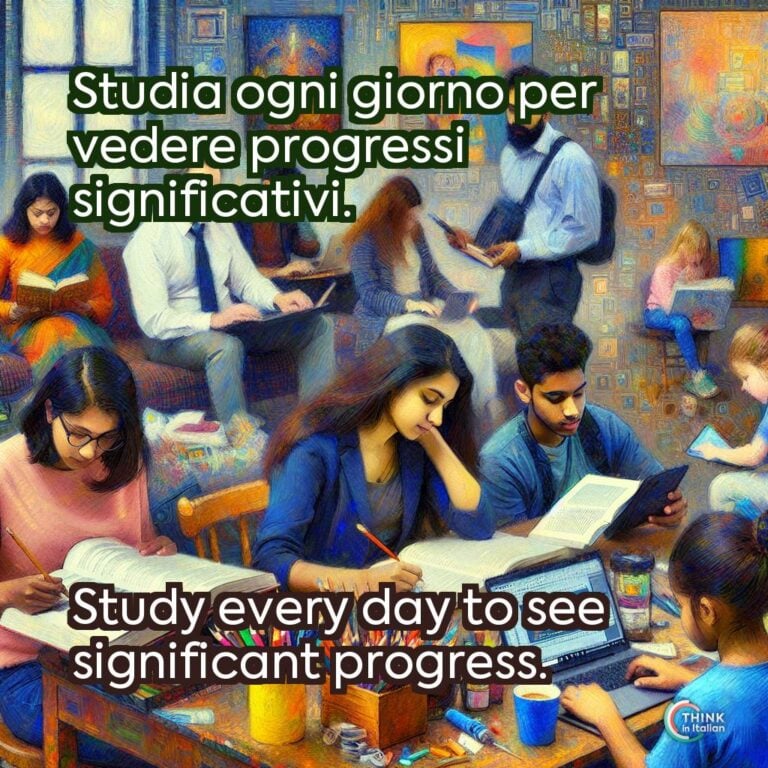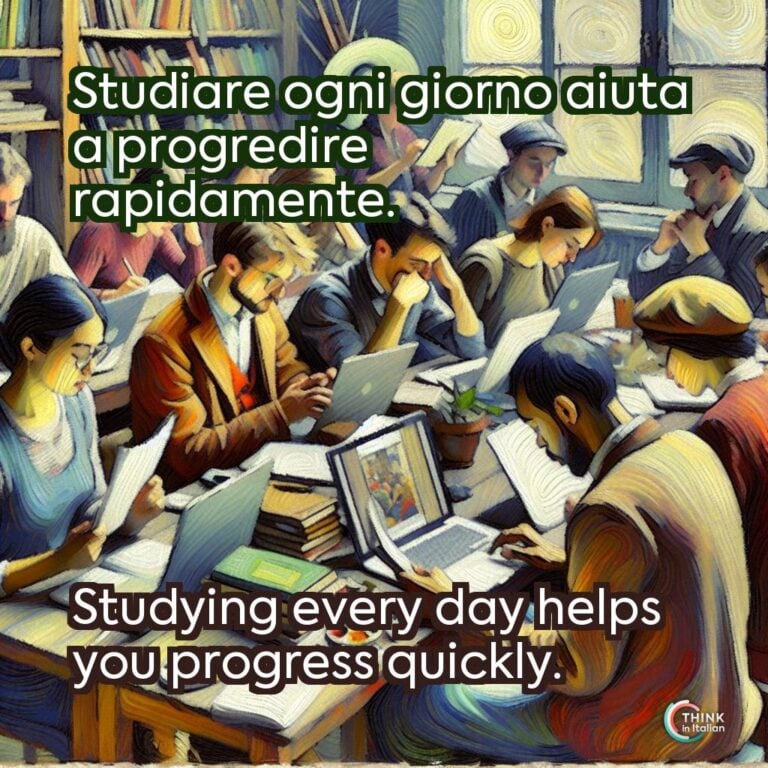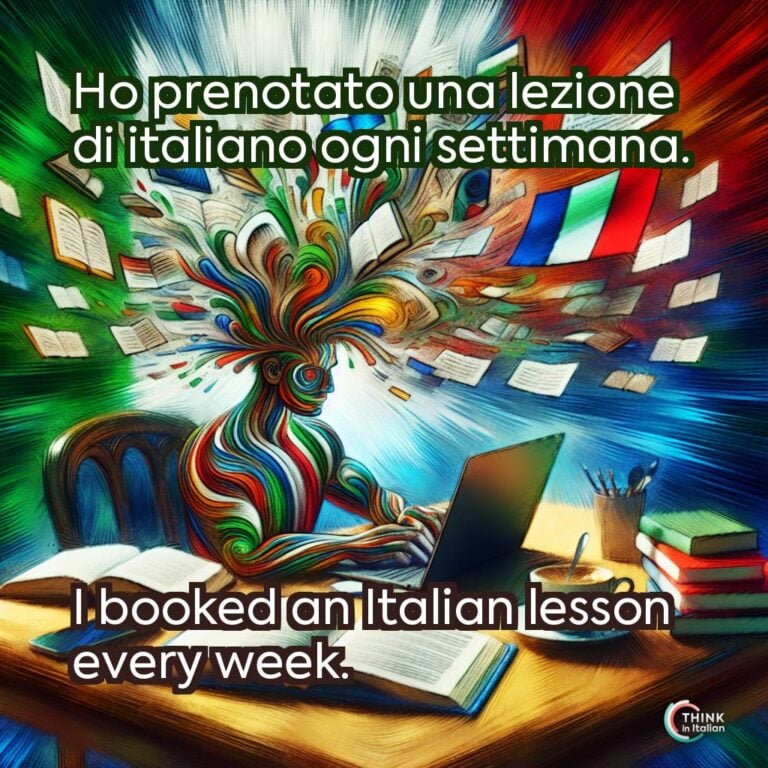How Long Does it Take to Reach B1 Level in Italian?
What is Level B1?
Level B1 is an intermediate level of proficiency in a language, as defined by the Common European Framework of Reference for Languages (CEFR).
You reach the B1 level when you can:
- Understand the main points of matters regularly encountered in work, school, and leisure;
- Deal with most situations while traveling in an area where the language is spoken;
- Produce simple connected text on topics that are familiar or of personal interest;
- Describe experiences and events, dreams, hopes, and ambitions, and briefly give reasons and explanations for opinions and plans;
- Narrate a story or relate the plot of a book or movie and describe your thoughts and reactions.
B1 level in Italian indicates a significant step up from basic communication towards becoming more fluent and comfortable in everyday situations.
Hours of Study You Need to Get to B1 in Italian
The CEFR uses the “Guided Learning Hours” framework to measure the amount of classroom time total needed to reach each level.
It assumes that for every one hour of classroom time, learners will spend two hours of independent study time.
| CEFR level | Number of hours of instruction |
| Zero to A1 | 100-150 hours |
| A1 to A2 | 100-150 hours From Zero: 200-300 hours |
| A2 to B1 | 100-200 hours From A1: 300-500 hours |
| B1 to B2 | 150-200 hours From Zero: 500-700 hours |
| B2 to C1 | 200-250 hours From Zero: 700-950 hours |
| C1 to C2 | 200-250 hours From Zero: 900-1200 hours |
On a typical “full-time” Italian course, you will study for 4 hours each morning, so that’s 20 hours a week. So you would need between four and six weeks to complete every level.
This means that if you are starting from zero, and want to get to B1 level of Italian, it will take you 4 to 5 months of full-time study to get to B1 level.
Did you start yet?
What Can I Do With B1 Level in Italian?
You will be surprised, but if you want to obtain a permanent residency in Italy, you must pass an Italian language test for citizenship which proves that you have at least a proficiency level of A2.
This means that if you reached B1 level, you are already beyond a very important step! In fact, B1 level is quite functional for living or traveling in Italy and for interacting with Italians in a meaningful way.
Once you reached B1 level, you will be able to appreciate the Italian culture as a real Italian native: you can understand local expressions, idiomatic phrases, and cultural references that appear in conversation or media.
I hope you will never need it, but with B1 level in Italian you are also able to handle emergency situations. You can ask for help, properly describe a problem to seek assistance, like in a situation where you might need to report a stolen wallet.
Best Way to Reach B1 Level in Italian
For me, the best way to learn Italian is to immerse yourself in the language. With B1 level in Italian you will be able to have more advanced conversations with native Italian speakers without much effort. So, the best way to improve in a field, is to practice that field!
Engage in conversation with Italian native speakers or, if you don’t know anyone, start conversing with an AI tutor.
With the right approach, learning Italian can be a rewarding journey that will enhance your communication skills and deepen your appreciation of one of the world’s richest cultural heritage.






